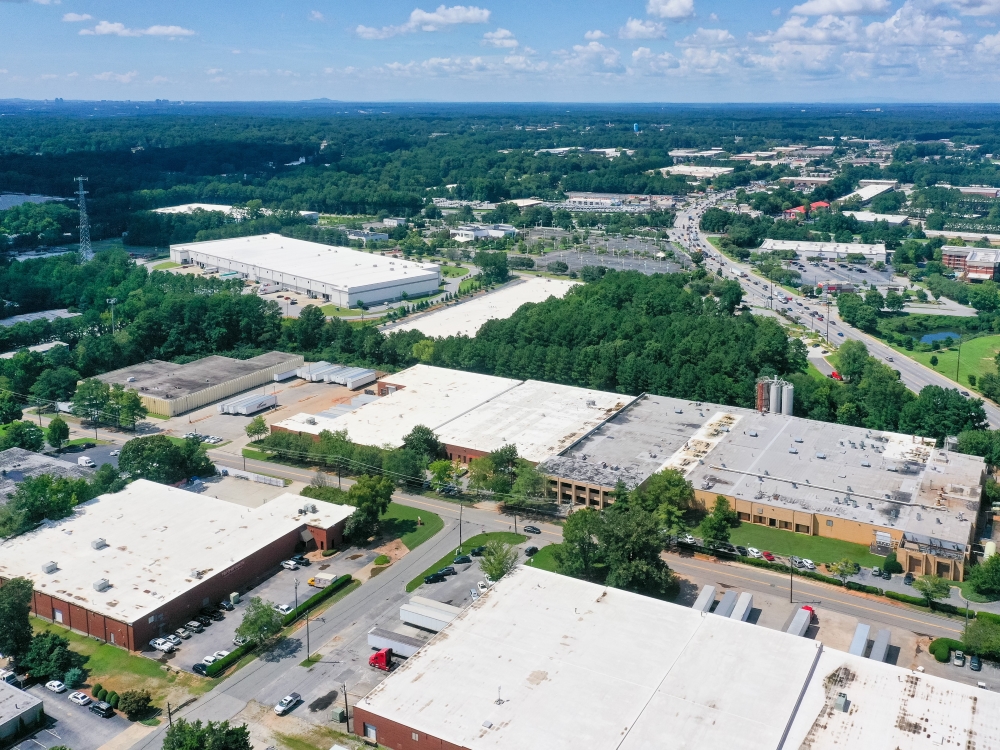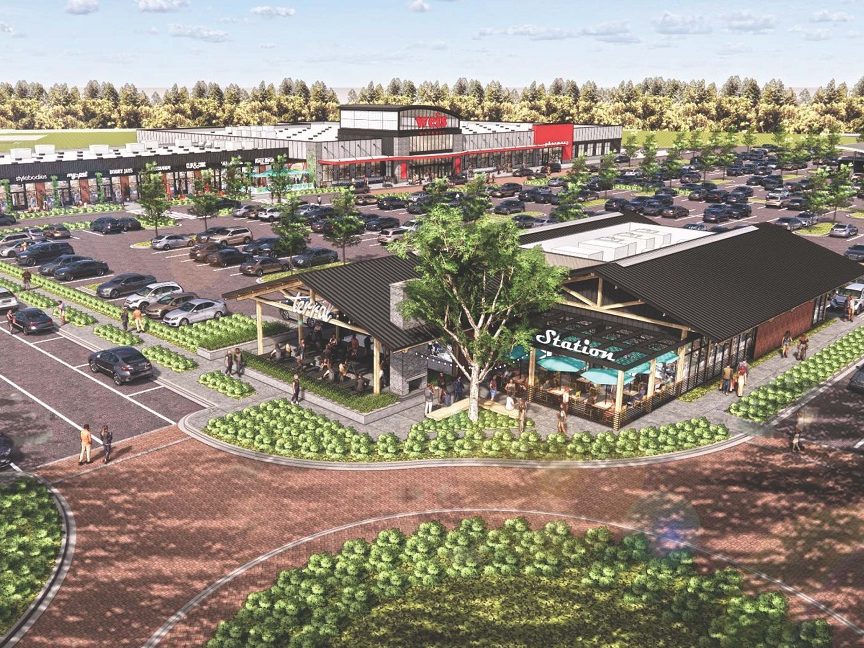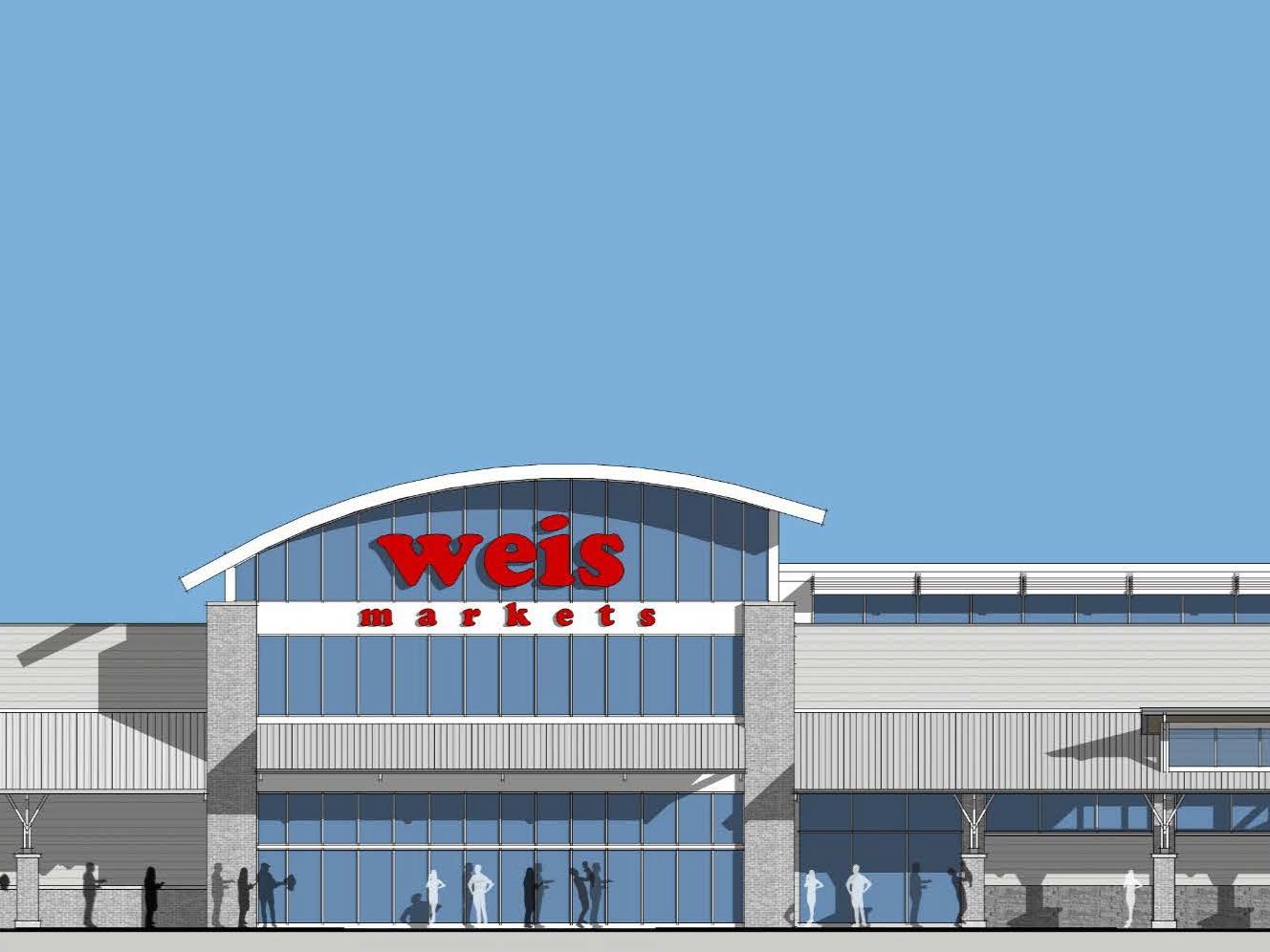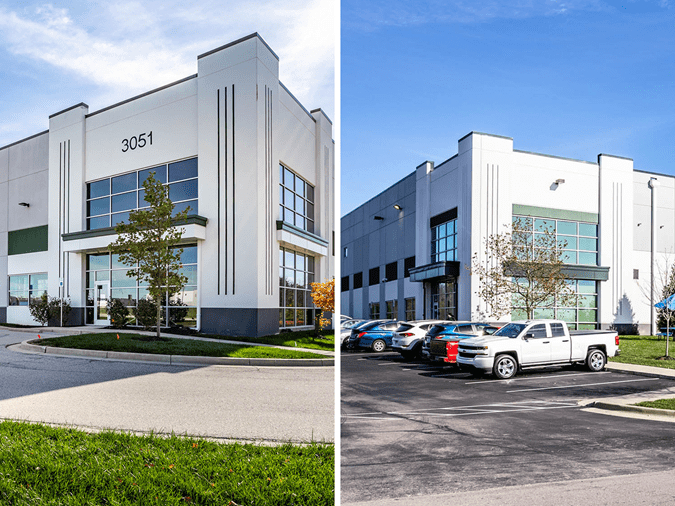Boston’s Power
Investor and tenant demand remains healthy in the city’s multifamily market, even as rent growth decelerates after peaking in mid-2016.
By Bogdan Odagescu
Investor and tenant demand remains healthy in Boston’s multifamily market, even as rent growth decelerates after peaking in mid-2016. Rents rose 1.8 percent year-over-year as of February, in part because the average rent of $2,054 is among the highest in the nation. And with developers focusing almost exclusively on delivering upscale properties, Boston faces affordability issues.
With a 2.5 percent unemployment rate as of December, Boston continues to be a regional powerhouse and an important global innovation hub fueled by a deep talent pool and anchored by a stable economic climate. The metro is adding jobs across most sectors and several large projects are changing the city’s skyline, including the 700-foot-tall One Dalton going up in the Back Bay. Other high-rise projects, such as the $1 billion Winthrop Square tower and Hines’ 51-story South Station development, are getting closer to breaking ground. Recently, Massachusetts Institute of Technology (MIT) signed an agreement for the redevelopment of the Volpe Center, which is expected to deliver roughly 1.7 million square feet of office space and 1,400 residential units in Cambridge.
With investors concentrating more on value-add projects, $1.7 billion worth of assets traded in Boston last year, a 30 percent drop from 2015. As many core submarkets are already recording rent contractions and the metro has about 62,000 units in the pipeline, Yardi Matrix forecasts a 1.8 percent rent growth for Boston in 2017.
Read the full Yardi Matrix report.








You must be logged in to post a comment.